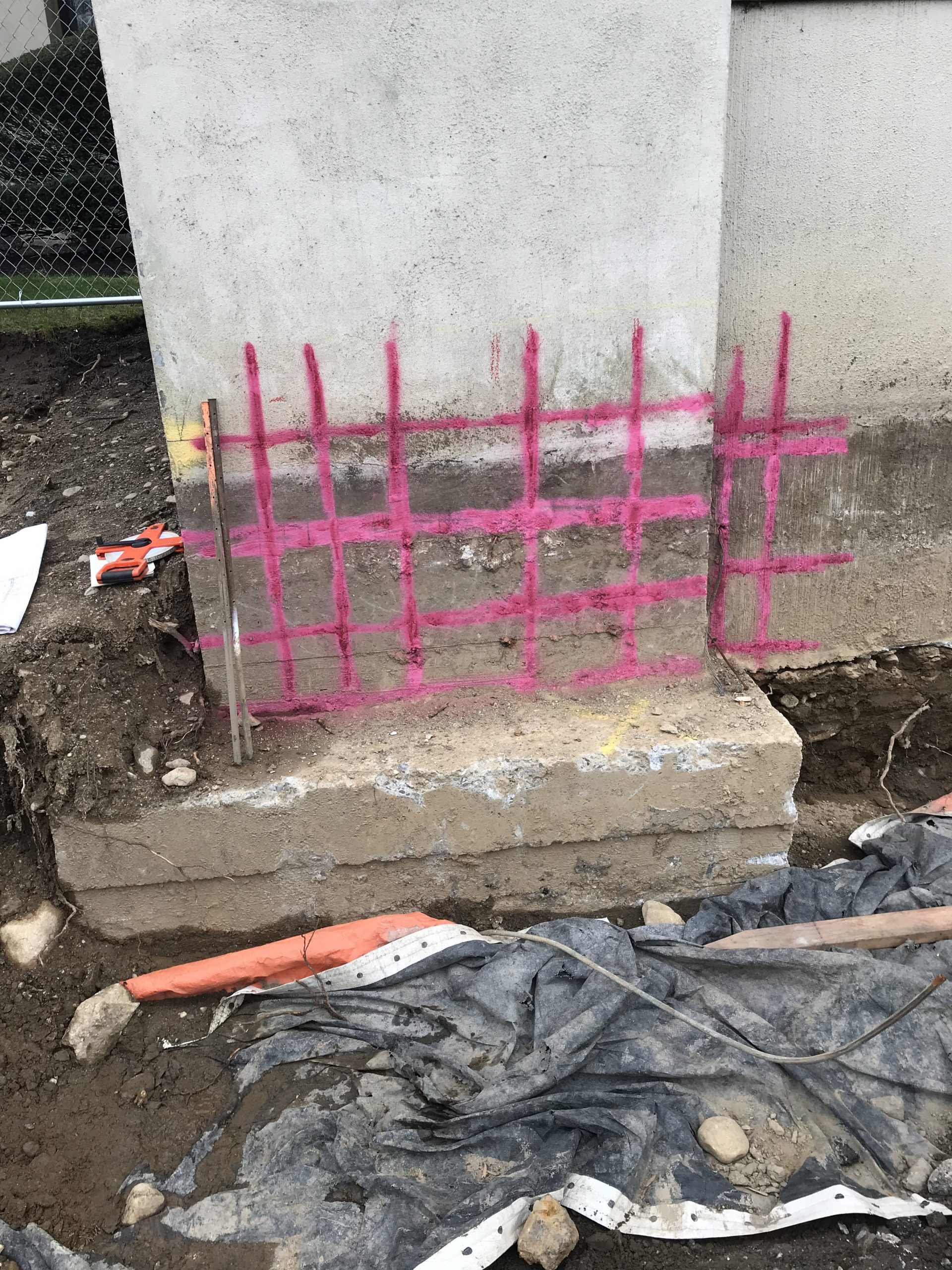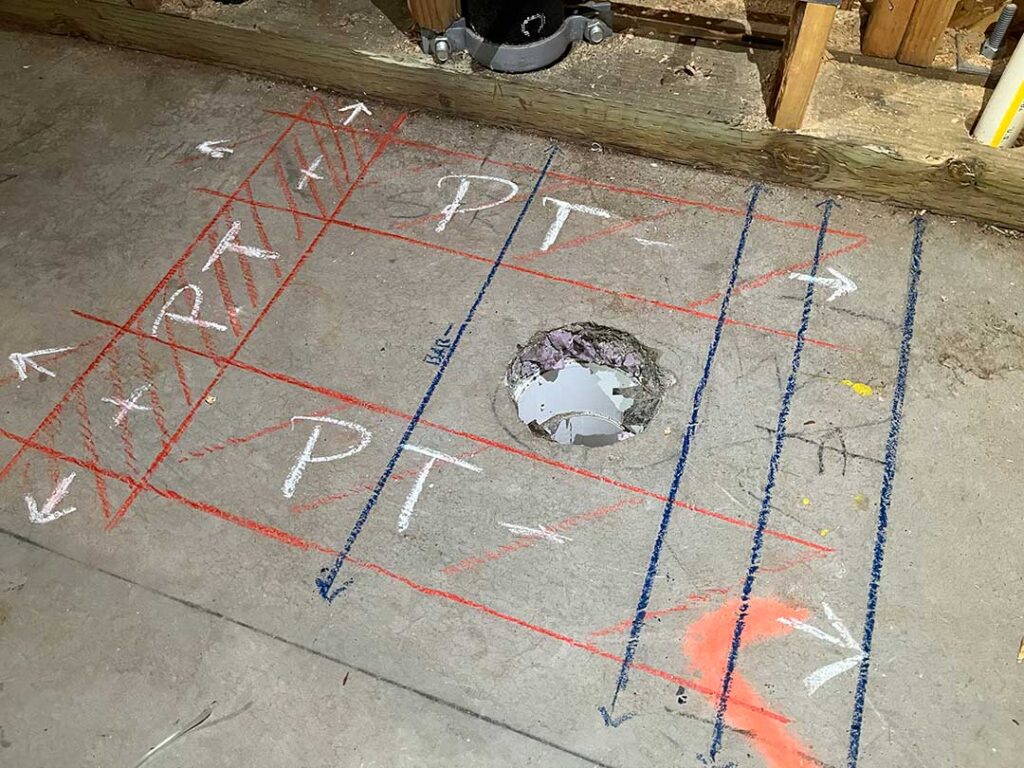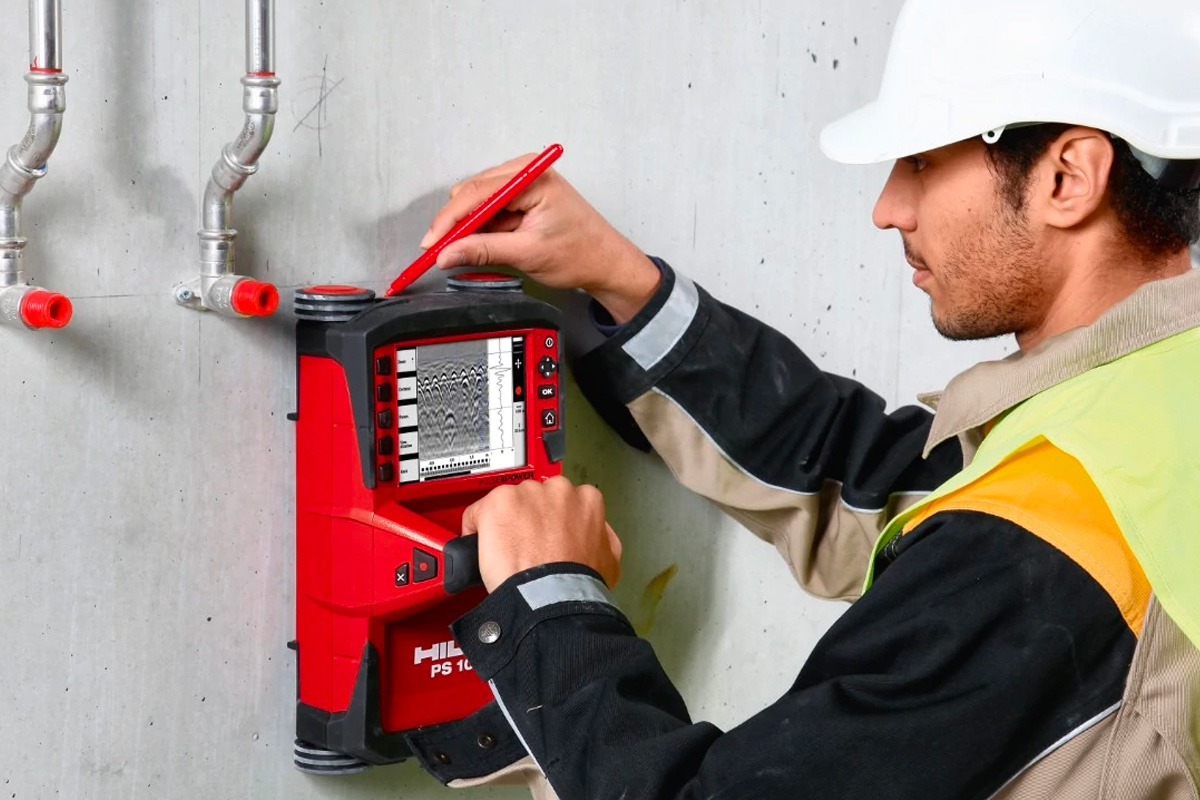Reliable Concrete Scanning Techniques for Construction Tasks
Reliable Concrete Scanning Techniques for Construction Tasks
Blog Article
Unveil the Transformative Power of Concrete Scanning in Making The Most Of Efficiency and Safety And Security
Concrete scanning has actually become an important tool in the building and construction sector, using unequaled advantages in boosting job efficiency and making certain safety and security criteria. By using sophisticated modern technology, concrete scanning permits experts to see beyond the surface, revealing surprise complexities that can affect the architectural integrity of a structure. The transformative power of concrete scanning depends on its ability to offer thorough understandings and real-time data, revolutionizing how projects are intended and carried out. As we look into the complexities of this cutting-edge strategy, a world of possibilities opens up, showcasing a new period of building techniques that prioritize accuracy and security.
Significance of Concrete Scanning
Making certain the structural honesty and safety and security of building and construction tasks starts with the crucial action of carrying out detailed concrete scanning. Concrete scanning is a non-destructive technique made use of to detect and map subsurface components within concrete structures. This procedure is necessary in identifying possible risks, such as rebar, post-tension cords, and avenues, that might be concealed within the concrete. By making use of advanced innovations like ground-penetrating radar (GPR) and electromagnetic induction, construction teams can precisely situate these elements without creating any damages to the structure.
The value of concrete scanning can not be overemphasized, as it plays a vital function in preventing mishaps, reducing job hold-ups, and making sure the long-term longevity of the construction. By identifying possible threats before the building and construction phase starts, contractors can carry out proper safety actions and make notified decisions concerning the layout and execution of the task. In addition, concrete scanning helps in enhancing project timelines and budget plan by preventing unanticipated prices and delays that might emerge as a result of unexpected obstructions within the concrete. Eventually, buying comprehensive concrete scanning is a proactive approach that improves both efficiency and security in building and construction jobs.
Just How Concrete Scanning Works
Concrete scanning operates as a critical tool in construction projects by using sophisticated innovations to detect and map subsurface components without causing architectural damage. Ground Passing Through Radar (GPR) and Electromagnetic Induction (EMI) are 2 key methods used in concrete scanning. GPR jobs by sending out high-frequency radar pulses into the surface, which jump back when they run into subsurface things or spaces. The time taken for the signal to return suggests the depth and location of the objects. EMI, on the other hand, utilizes magnetic fields to recognize variations in material make-ups, such as identifying rebar or channels within concrete frameworks.
Throughout the scanning process, the data accumulated is evaluated in real-time, enabling immediate identification of potential dangers or challenges underneath the surface. This info aids in decision-making, guaranteeing that building and construction activities proceed securely and successfully. Furthermore, 3D imaging software program can be made use of to create topographic maps of the subsurface aspects, better boosting task preparation and execution. By employing these advanced technologies, concrete scanning significantly minimizes the threat of expensive damages and injuries on building and construction websites.
Advantages of Concrete Scanning
Making use of advanced scanning innovations in construction tasks uses a plethora of advantages, improving both effectiveness and safety on-site. Among the primary benefits of concrete scanning is the capability to spot and find embedded objects such as rebar, post-tension wires, and avenues precisely. By determining these aspects prior to boring or reducing right into concrete structures, the danger of unintentional strikes is significantly minimized, avoiding possible injuries to employees and damage to Extra resources the structure itself. Additionally, concrete scanning assists in planning and designing extra successfully, as it gives accurate details regarding the area and deepness of structural components.

Situation Research Studies: Concrete Scanning Success

In one more case, a building business utilized 3D concrete scanning to examine the problem old concrete structures in a historical structure. The in-depth scans offered useful understandings right into the extent of damage and assisted prioritize find out this here upkeep efforts efficiently. By proactively addressing locations of problem determined through scanning, the company was able to extend the life-span of the framework and ensure passenger safety and security.
These case research studies highlight the transformative power of concrete scanning in enhancing performance, precision, and safety in construction tasks.
Implementing Concrete Scanning in Projects
Executing sophisticated scanning technologies during construction jobs has ended up being increasingly necessary for boosting precision and safety and security. By incorporating concrete scanning right into job planning and execution, building and construction teams can identify potential dangers, such as rebar or post-tension cable televisions, hidden within concrete frameworks. This aggressive technique minimizes the risk of mishaps, hold-ups, and expensive rework, eventually resulting in much more efficient project timelines and budget plans.
To execute concrete scanning content effectively, job supervisors ought to team up very closely with seasoned scanning experts to figure out the most suitable scanning methods for the particular job demands. Involving scanning specialists from the beginning of a task makes it possible for the team to develop comprehensive scanning strategies that address essential locations of problem and make sure extensive information collection.
Furthermore, incorporating concrete scanning right into regular job operations can enhance decision-making processes, as real-time check information provides instant insights into the problem of concrete frameworks - Concrete Scanning. This data-driven technique assists in educated analytic and allows groups to make adjustments promptly, cultivating a society of efficiency and security throughout the project lifecycle

Conclusion
To conclude, concrete scanning plays a crucial function in enhancing efficiency and security in building and construction jobs. By utilizing innovative modern technology to find and map out underlying structures within concrete, this procedure aids to stop expensive errors, ensure structural integrity, and lessen threats on site. With the ability to uncover hidden aspects and give exact data, concrete scanning confirms to be a valuable tool for enhancing task outcomes and making the most of overall success.
Concrete scanning is a non-destructive technique used to find and map subsurface aspects within concrete structures. Additionally, concrete scanning assists in enhancing job timelines and budget by preventing unanticipated expenses and delays that might occur due to unforeseen blockages within the concrete. One remarkable situation study entails a large-scale improvement job where concrete scanning played an important duty in guaranteeing project success.In another case, a building business used 3D concrete scanning to evaluate the condition of maturing concrete structures in a historical building. By incorporating concrete scanning into job planning and execution, building groups can determine potential dangers, such as rebar or post-tension cables, hidden within concrete frameworks.
Report this page